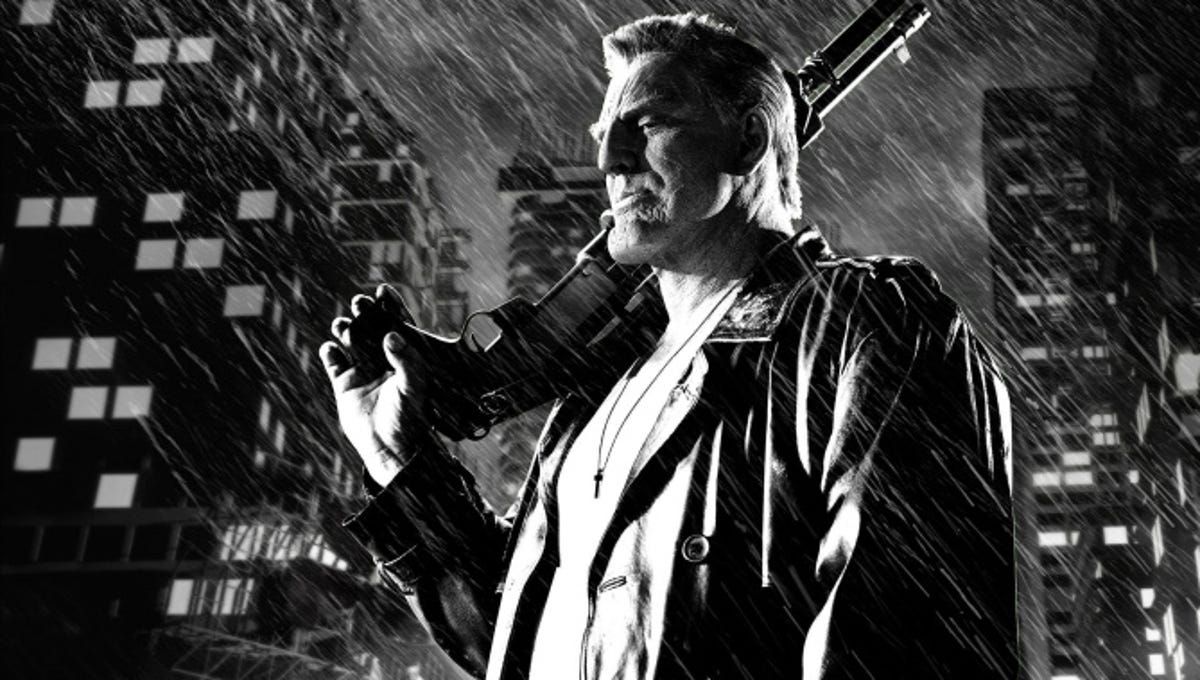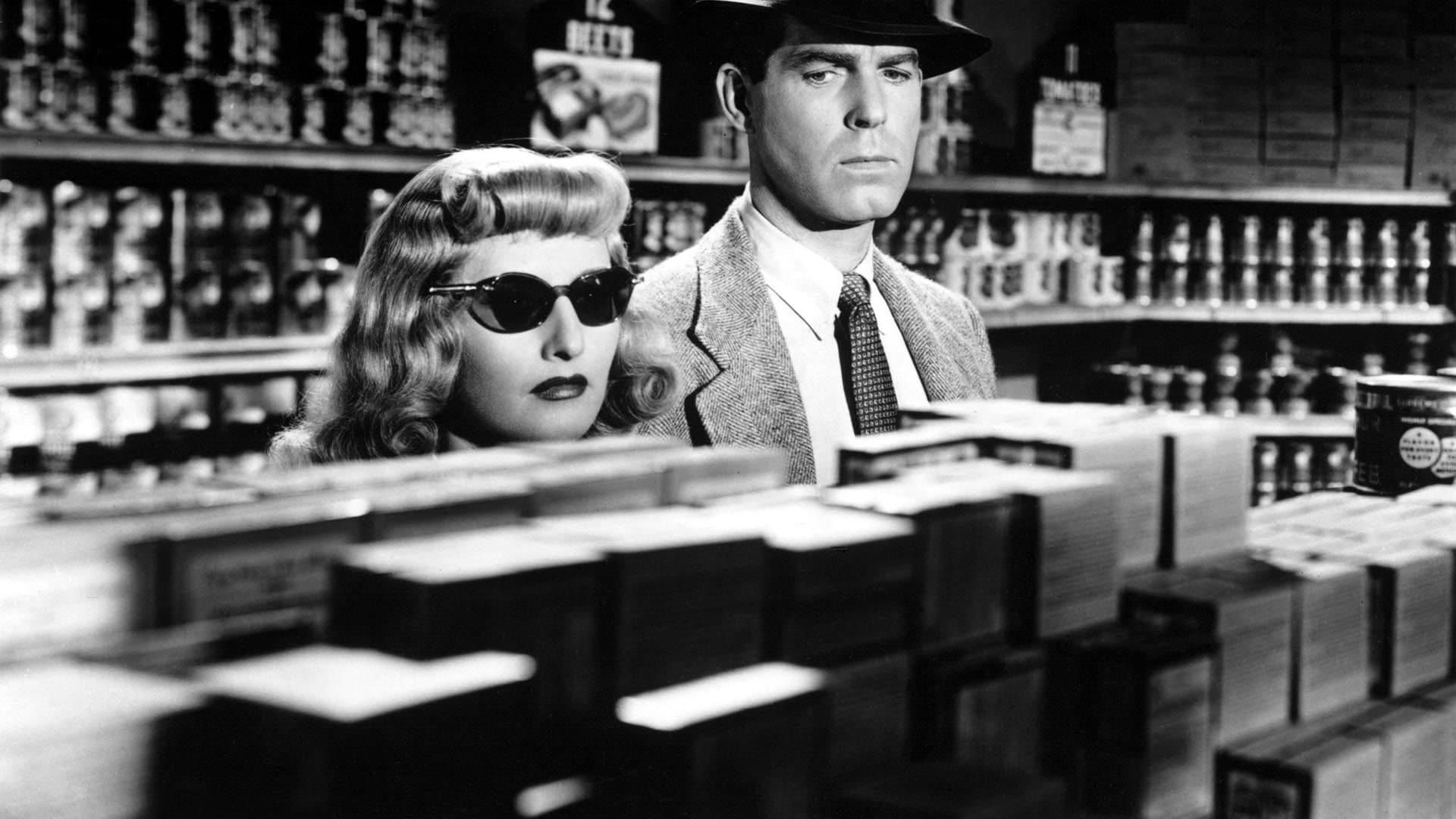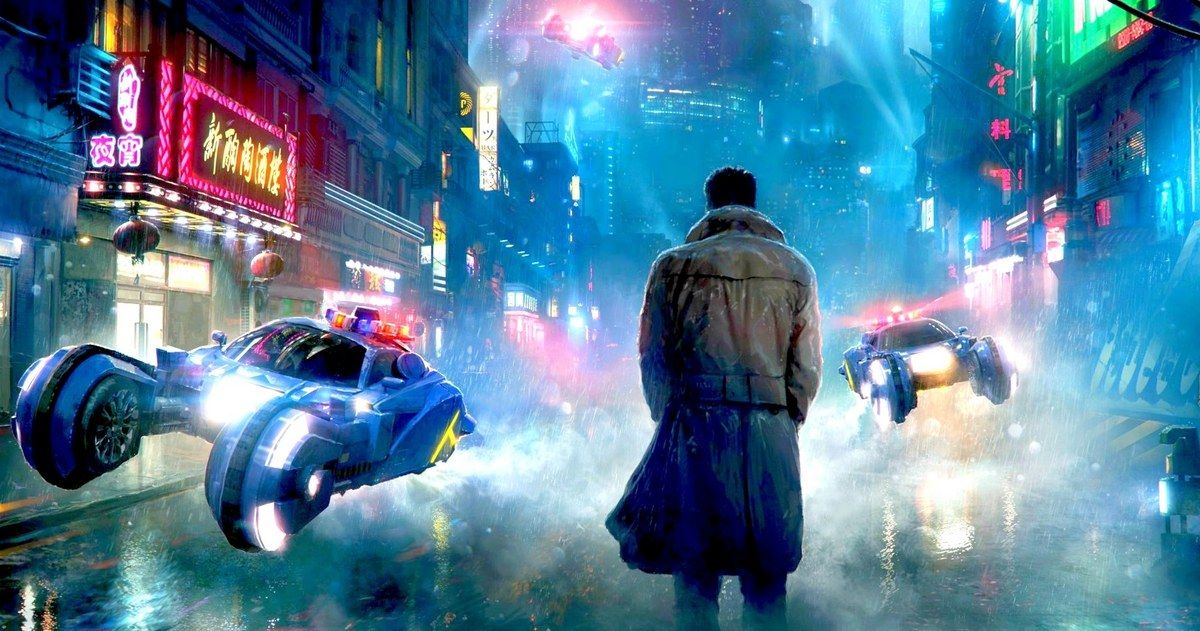Over the past few years, the neo-noir genre of films has become significantly more visible. While noir-style movies have been made consistently in the contemporary era of filmmaking, there are more popular studios adopting the style with a broader appeal. Many Marvel movies – as well as productions in their extended universe – have taken on the style. And not only that but increased desire for the genre has revived old films like Blade Runner and created a bigger demand for them as well.The neo-noir genre has found fertile ground in today’s heavily saturated world of superhero movies. Mostly because noir films revolve around a single detective struggling to solve a mystery. This detective is usually fashioned to be an anti-hero, making them all the more popular in today’s culture. The “neo” take on the “noir” genre is quite an easy adaptation since the noir film relies on three or four easily replicated tropes to assign it to the genre. And modern film styles make the movies all the more exciting. Take a regular detective with a thirst for justice and give him superpowers. Or take the mystery he’s meant to solve and craft it inside a cyberpunk world with a huge corporation as the antagonist. The current ecosystem of popular films cries out for justice and a gritty detective to serve it to them.
What is Film Noir?
Noir films first became popular in the United States in the 1940s and 1950s. With WWII having just ended, the movies typically starred an ex-military male who became a cop after returning home from the war. Popular detective stories began as radio programs and then made the jump to TV and film as the culture progressed. Some examples include Dragnet, The Green Hornet, and Dick Tracy. They all revolved around a detective solving a mystery and had elements of violence that made the shows adult-themed for the time.
During that era, the movies began sharing certain components that became the tropes so recognizable today. A noir film typically revolves around a single protagonist, who is a detective or a private eye. Sometimes they have sidekicks, but, like all sidekicks, they are non-essential. The detective is usually rather gruff or dislikable, either with PTSD from the war or just generally bad-mannered. This gives them the anti-hero paradigm. They are generally dejected from society or their police station but go on to solve the case anyway. And that case is normally conspiratorial; either someone from inside their unit has a reason to prevent the case from being solved, or someone from the government is involved. Either way, it stinks all the way to the top!
Another trope that became popular in the genre was the femme fatale. Nine times out of ten, the detective will fall in love with a beautiful woman that will eventually betray them. This was new to see in the '50s, as powerful female characters were rare in Hollywood at that time. Rarer still was how the characters weaponized their sexuality to defeat an unsuspecting man. Some examples include Phyllis Dietrichson (Barbra Stawick) in Double Indemnity, Norma Desmond (Gloria Swanson) in Sunset Boulevard, and Brigid O’Shaughnessy (Mary Astor) in The Maltese Falcon.
So What’s Neo-Noir?
Neo-noir arose as the original noir style began being influenced by other genres (French New Wave, Cyberpunk) and shaped films into original works with the faint air of noir. They are different largely because of how a broad spectrum of new subgenres has adapted the original style, as well as modern effects being placed on the old tropes. A significant change that is mostly unrecognizable in today’s films is the fast, quippy dialogue that the older movies used to have (see Dragnet). While this element is still seen in some places (Sin City) characters sound more natural today.
While the gritty detective holds fast, the content of the movies has gotten darker. There’s a bigger demand for more violence or psychological trauma for the characters to go through. Especially now that there are fewer restrictions on film content, scenes might get more graphic. There used to be something called the Motion Picture Production Code or the “Hays Code” that required films to stick to strict moral guidelines. There were bans on vaguely sexual content, gratuitous violence, and most notably, the film's villain was required to suffer consequences for his actions. Nowadays, it’s possible for the bad guy to get away and movies to have darker endings, like in Seven. Although the bad guy doesn’t technically get away, he does “win” arguably.
Still, neo-noir films can be recognized by their feel. They share the same high contrast lighting as the old films, and they are usually darkly familiar to the genre. Matt Reeve’s The Batman takes on this design, with shadows playing a significant role in the film. John Wick could fall into this category if there weren’t already a genre for “rampage” movies. Blade Runner and Blade Runner 2049 are excellent examples of neo-noir films. They apply newer aesthetics to a clearly noir story, and the modern filmmaking technology needed to make a sci-fi film brings a lot to bear on the style.
Marvel’s Jessica Jones is a refreshing take on the genre as well, adopting the classic detective, anti-hero story but centering it on a woman who only recently discovered she has superpowers. Nightmare Alley was nominated for an Oscar, and John Wick 4 is coming out next year. As production of these types of films and TV shows refuses to slow down, there is bound to be a higher demand for more in the neo-noir genre.



